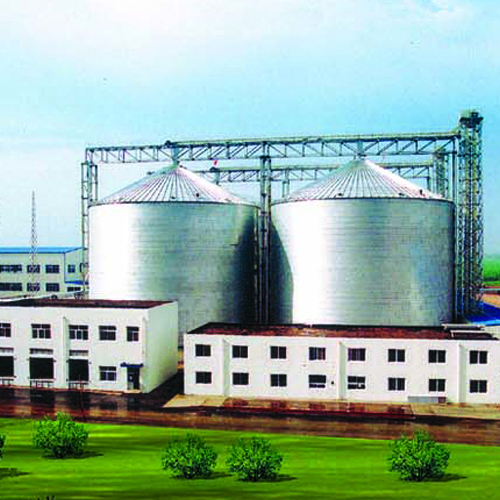Startup a new pellet mill or a pellet mill with a new ring die according to following steps:
1) Open the bypass gate;
2) Startup the main motors of the
pellet mill. The motor shall be started up in Y firstly, and runs in delta connection while under normal operation speed;
3) Feed a certain amount of oily coarse mash to the inlet of the
feed machine manually, and continue feeding until pellet is formed. This is the primary lubrication for the ring die before normal production;
Oil bearing material: generally, feed mash with ≥10% oil content. The raw materials of rice bran, expanding soybean and others can also used as oil bearing material. As for bad quality ring die with rough hole wall, about 15% spun yarn passing through 40 mesh screen can be added in oil bearing material for rinsing and grinding the die (generally persist for more than 30 minutes), otherwise, the materials cannot be discharged.
4) Startup the conditioner motor;
5) Startup the feeder motor, adjust the frequency converter to a low frequency (generally about 5Hz) and allow the feed to enter the conditioner slowly, Do not add any steam at the beginning of pelletizing, close the bypass gate and slowly quicken the feeding speed based on the current of the main motor;
6) Open the steam valve a bit, then increase the feeding amount when the ammeter’s pointer is falling; when the ammeter’s pointer of the main motor reaches the normal load, add steam amount to allow the ammeter’s pointer to fall back. Repeat again and again until the maximum output and the best quality of pellet are obtained under the rated load;
7) A schematic diagram of pellet extrusion is shown in Fig 4.1. The feeding amount and steam supply are different upon the types of ring die and formulas, and the pellet quality varies as well. So the operator shall be rich in operating experience.


